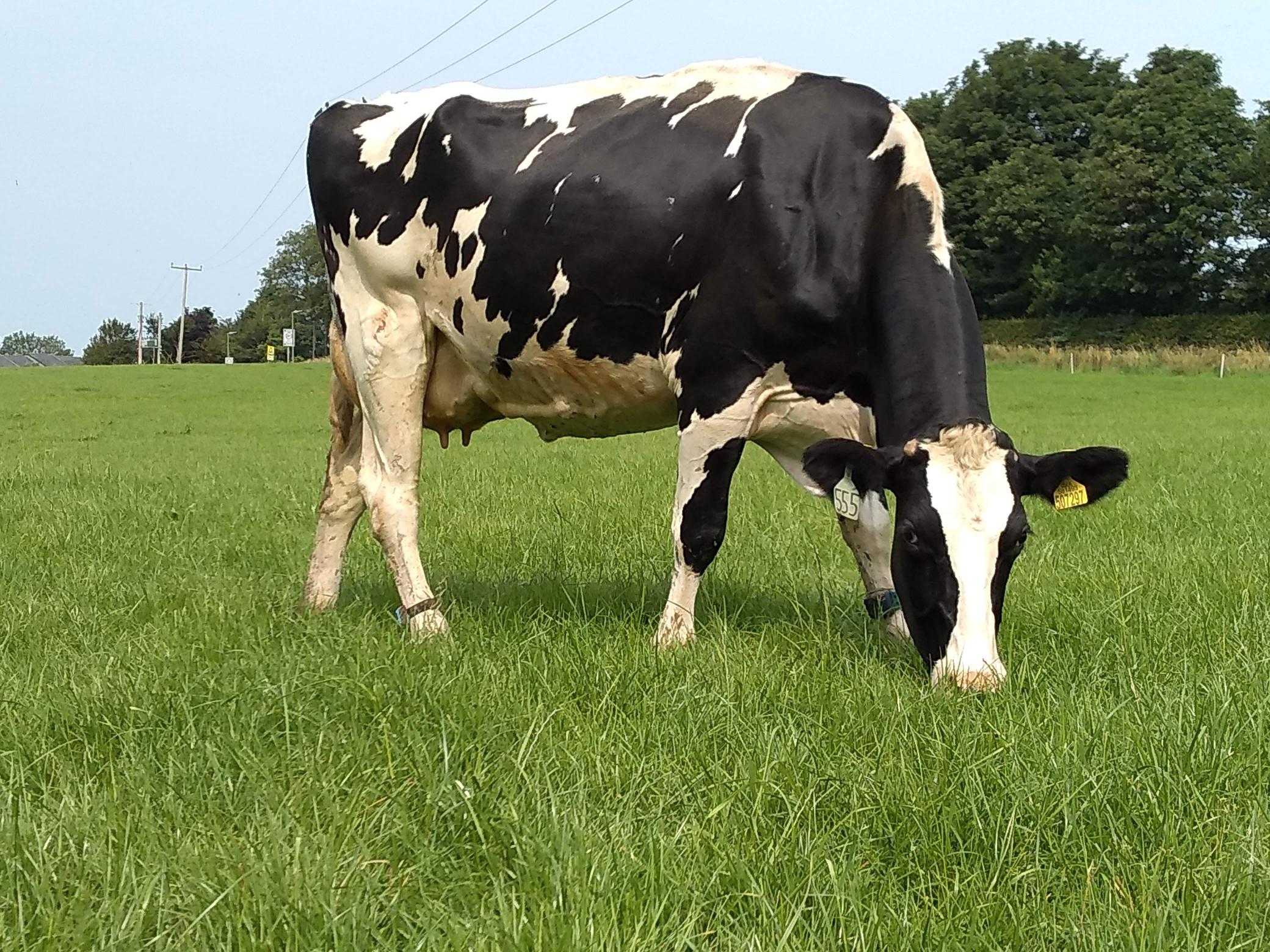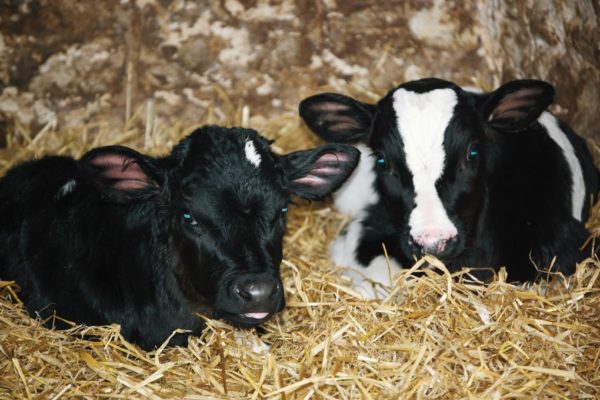Are Methane Inhibitors a Silver Bullet for the Sustainability of Beef and Dairy?
18 July 2024This article is part of the Climate Change & Carbon Research Briefings series. More articles in the series can be found below:
- Understanding Natural Capital Markets
- Collecting On-Farm Biodiversity Data with Bioacoustics
- Faba Beans for Alternative Protein and Reducing Monogastric Carbon Footprint
- Applicability of Slurry Separation and Acidification on Farms in Scotland
- Advancing Agricultural Practices, Reducing Emissions and Ensuring Sustainable Growth in the Face of Climate Challenges
- Making Sense of Soil Carbon
- Mitigating N2O Emissions and Enhancing Yields with Inhibitors and Liming
- Low Emissions Livestock Breeding - The What and the Why
There are many methane suppressing feed supplements (methane inhibitors) being tested for their ability to reduce enteric methane emissions from cattle. Here we will discuss what methane inhibitors are, why we need them, and what their potential impact in the sustainability of the beef and dairy sector could be.
Why do we need methane inhibitors?
Ruminants such as cattle and sheep produce the greenhouse gas (GHG) methane as a by-product of digesting feed. Digestion in the rumen involves a large and complex community of microbes producing hydrogen and carbon dioxide. These gases are then used by a sub-group of microbes called methanogens resulting in the production of methane which is mostly eructed (burped) out by the animal.
There is a great deal of potential to reduce the amount of methane that ruminants produce through selective breeding for animals that produce less methane. However, this is a long-term goal that will take several generations after its adoption by the industry to reach its potential.
The increasing pressure on the agricultural community to reduce GHG emissions and the urgency to reduce the impacts of climate change requires a more immediate response. Methane inhibitors could provide a short- to medium-term solution.
What are methane inhibitors?
Methane inhibitors are (or contain) ingredients that can be classified as Feed Materials (common feed ingredients that do not require pre-market approvals – including nitrate and seaweed) or Feed Additives (which require FSA approval – including essential oils). They can be natural (e.g. essential oils or seaweed) or manufactured chemicals (e.g. nitrate). Feed Additives must have a scientific basis to show that they are effective at reducing methane emissions.
Methane inhibitors can target various points in the rumen digestive process to reduce methane production. Examples include manipulating the activity or population size of methanogens to reduce methane production, or ‘mopping up’ hydrogen so that there is less available to form methane.

What is the potential impact of methane inhibitors?
The effect of methane inhibitors on methane yield (grams of methane per kg of feed dry matter consumed) varies widely, with 12% – 37% reductions reported in meta‑analyses. The actual reduction depends on many factors including diet type. Cattle receiving diets high in concentrate already have lower methane emissions than those on diets high in forage and further manipulation of the diet, e.g. by the addition of methane inhibitors, is unlikely to reduce methane emissions further.
Methane inhibitors can easily be incorporated into the diets of housed animals by using in pre-mixes or incorporating into a pelletised concentrate, coupling dosage level to feed intake. However, it is much more difficult to get feed supplements in to grazing livestock at the correct dosages.
Formulations in lick tubs or blocks may be possible for some supplements, but others will require too high a dosage level. And of course, not all animals will voluntarily use a lick, and it cannot be guaranteed that those who do will consume adequate amounts to be effective. Slow-release boluses may also be an option for supplements with a low enough dosage.
What are the incentives for farmers to use methane inhibitors?
Although there are several methane inhibitor products at various stages of development, there are few freely available in the UK market and there are currently no direct incentives for farmers to use them. Improvements in productivity (e.g. growth rates or milk yield) might encourage uptake by farmers, but there is no clear evidence for increases in animal performance for any product. The use of some methane inhibitors have been encouraged through voluntary standards, industry initiatives and voluntary carbon markets, but with low adoption rates.
In the future, it is likely that more products will gain approval for use in the UK and uptake of these may be driven by demand for low-methane milk and meat from consumers and retailers. This will be influenced by the cost to farmers of adoption weighed against the premium price for low-methane produce. However, they may also be included in Governmental agri-environment schemes as part of a broad range of options to reduce agricultural GHG emissions.
For more information about methane inhibitors see the DEFRA report “Methane inhibiting livestock feed supplements: review of net impacts, barriers to success and consumer acceptance” by searching at randd.defra.gov.uk.
If you have further questions, you can contact the FAS advice line for free at advice@fas.scot or by calling 0300 323 0161.
Gemma Miller, SRUC
Sign up to the FAS newsletter
Receive updates on news, events and publications from Scotland’s Farm Advisory Service








































